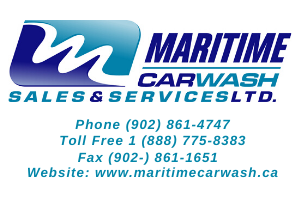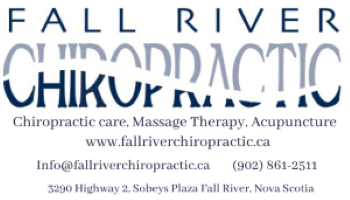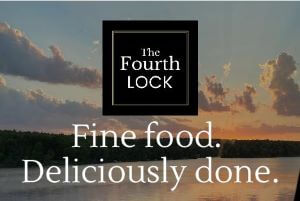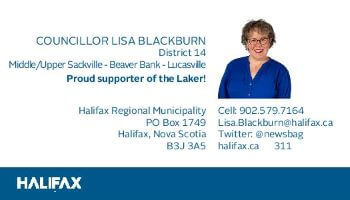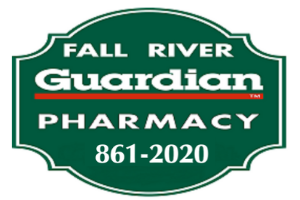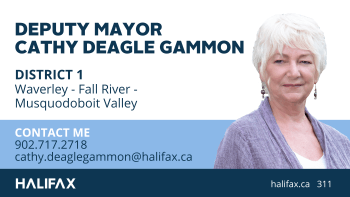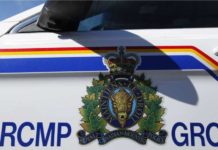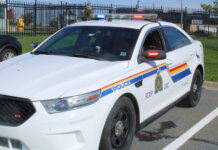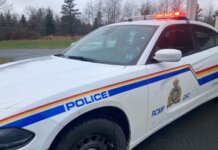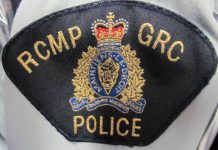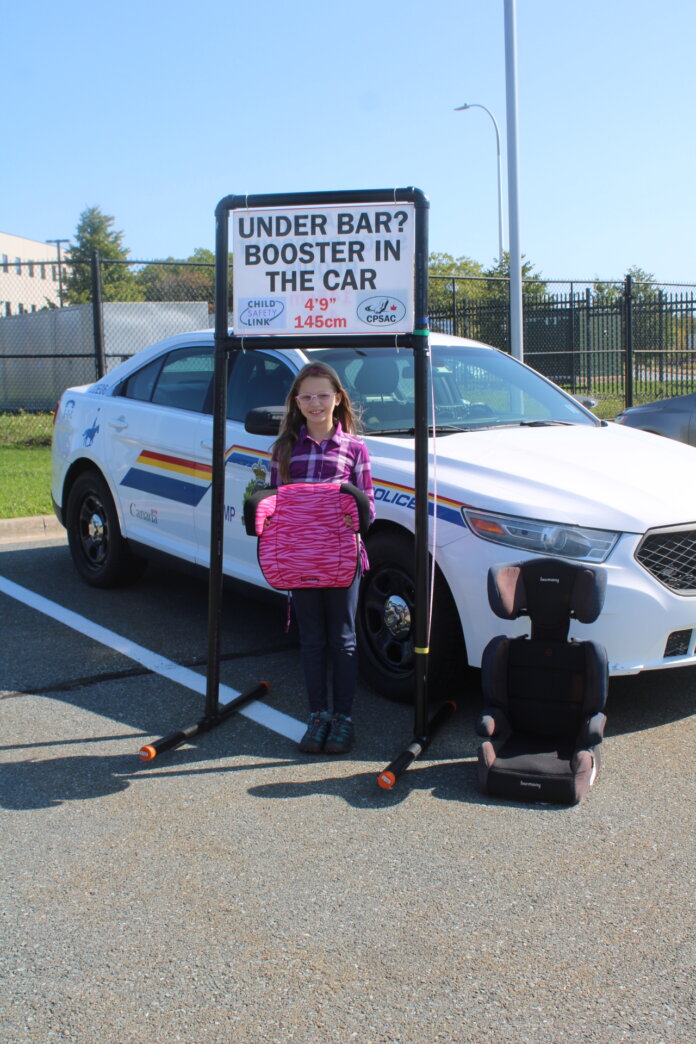
DARTMOUTH: Motorists are being reminded that before they turn the key to get on the road they should ensure they have buckles up their young passengers in the right child safety seat.
At a demonstration event at N.S. RCMP Heaquarters in Dartmouth on Sept. 24, RCMP officials and Child Safety Link showed how to use booseter seats the right way that will keep school-aged children safe. The event was held as part of Child Passenger Safety Week 2020, which runs from Sept. 20 to 26.
“Motor vehicle crashes are a leading cause of death and serious injury for children in Canada. Using the right car or booster seat and knowing how to use them properly significantly reduces that risk,” said Cpl. Jennifer Clarke with Nova Scotia RCMP as the sun beamed down outside the force’s headquarters.
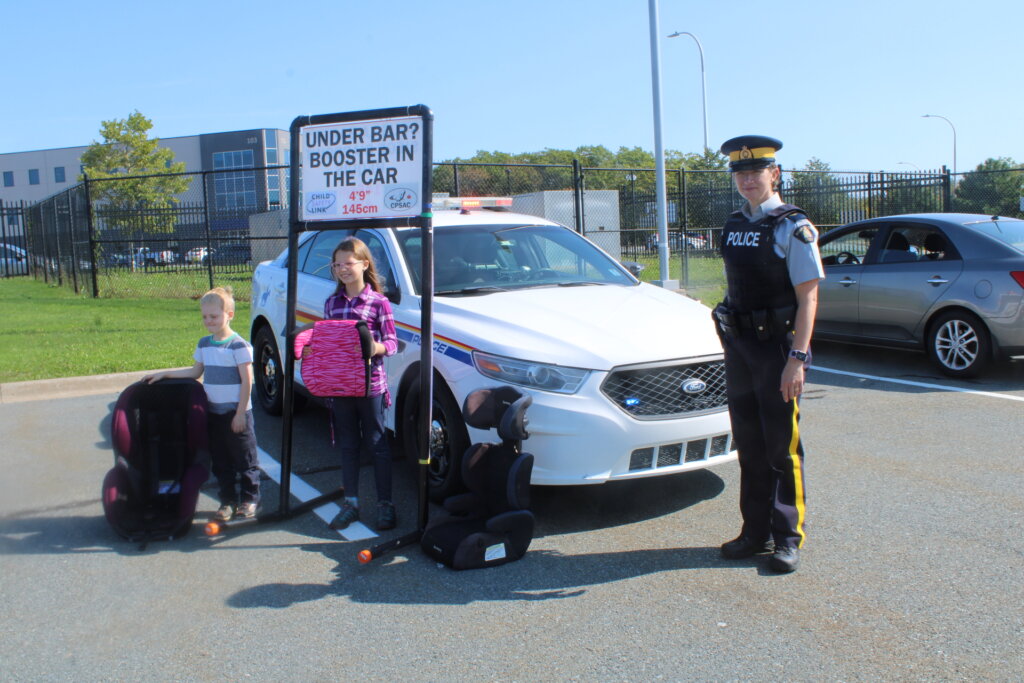
Here are a few tips to keep kids safe in a booster seat:
· Don’t rush to move your child into booster seat before they are ready. A child should weigh at least 18 kg (40 pounds) and be able to sit straight and tall.
· Most kids don’t fit the adult seat belt safely until the age of 10-12 years old.
· Keep kids under 13 safely in the backseat. The backseat is the safest for kids under 13.
Here are a few tips to making sure your booster seat is used correctly:
· Always read the instructions that came with your booster seat.
· Fasten the lap belt low across the pelvis and pull up to remove any slack.
· Make sure the belt goes under the armrests when directed by instructions.
· The shoulder belt is placed across the chest and centered between the neck and shoulder.
· Keep kids under 13 safely in the backseat. The backseat is the safest for kids under 13.
“Children who move from a booster seat to a seat belt too soon are at risk of serious injuries during a collision,” Katherine Hutka, Health Promotion Specialist, for Child Safety Link (IWK Health), told media from Waterfornt Media and The Laker News. “The right seat allows a seat belt to properly fit across a child’s strongest bones and away from the soft belly.”
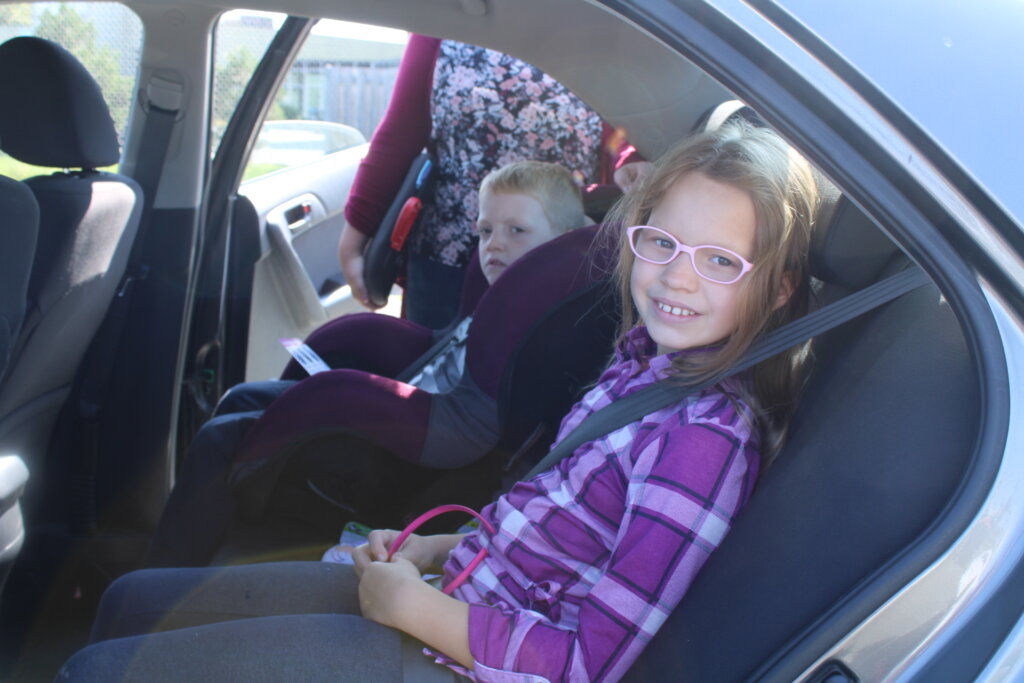
Parents and guardians can help kids stay safe by enforcing and modelling good seat belt habits. Once young passengers are safely buckled, adults must remember to buckle themselves too.
Nova Scotia RCMP asks every motorist to do their part to protect themselves and others by ensuring everyone is buckling by buckling up every time they get into a vehicle.
For more information about child seats or booster seats and when and how to use them safely, visit IWK’s Child Safety Link (http://childsafetylink.ca/child-passenger-safety/).




